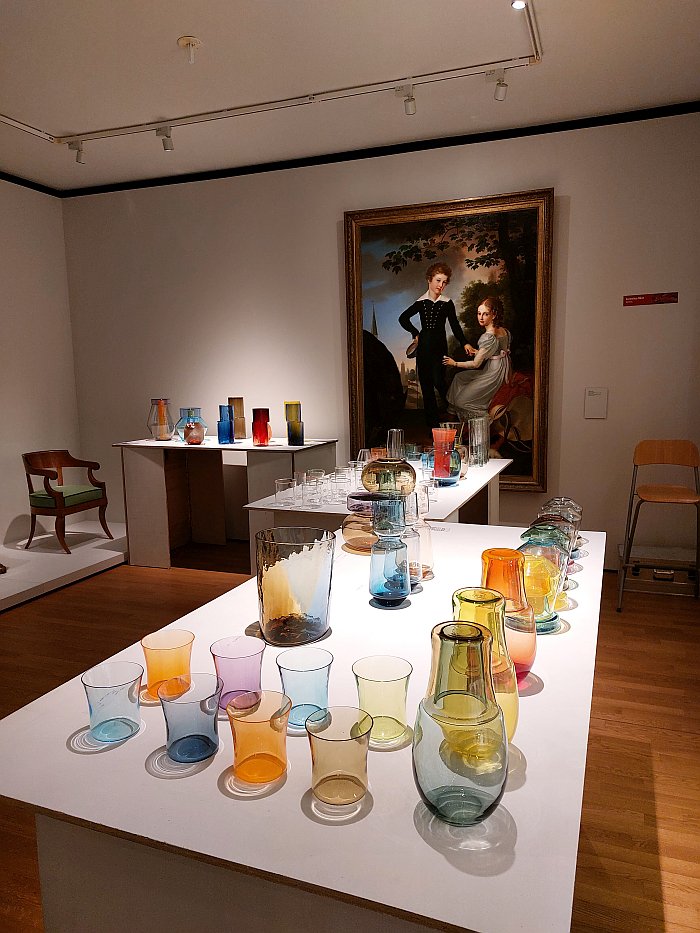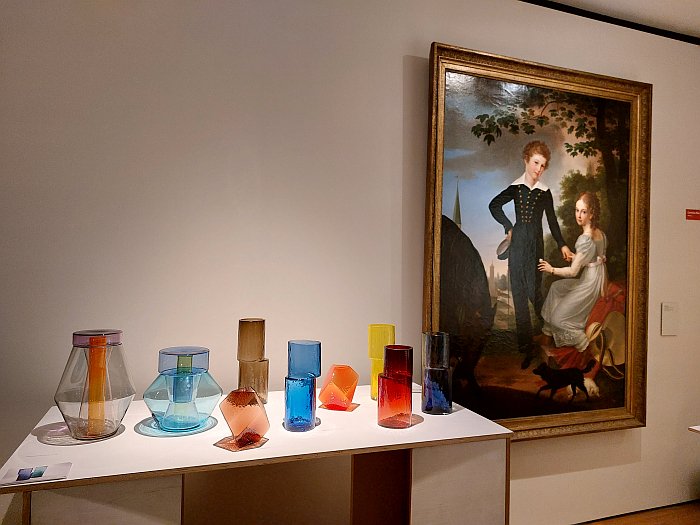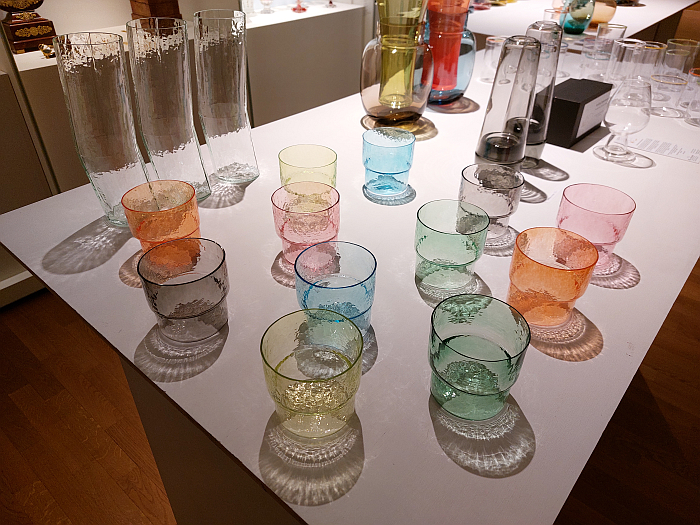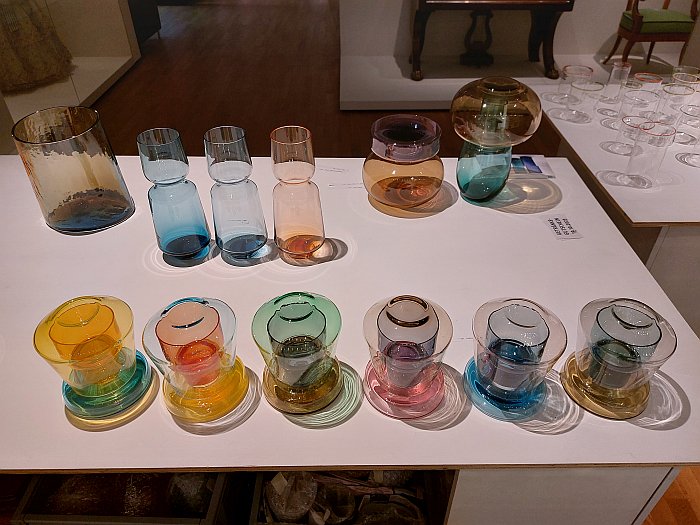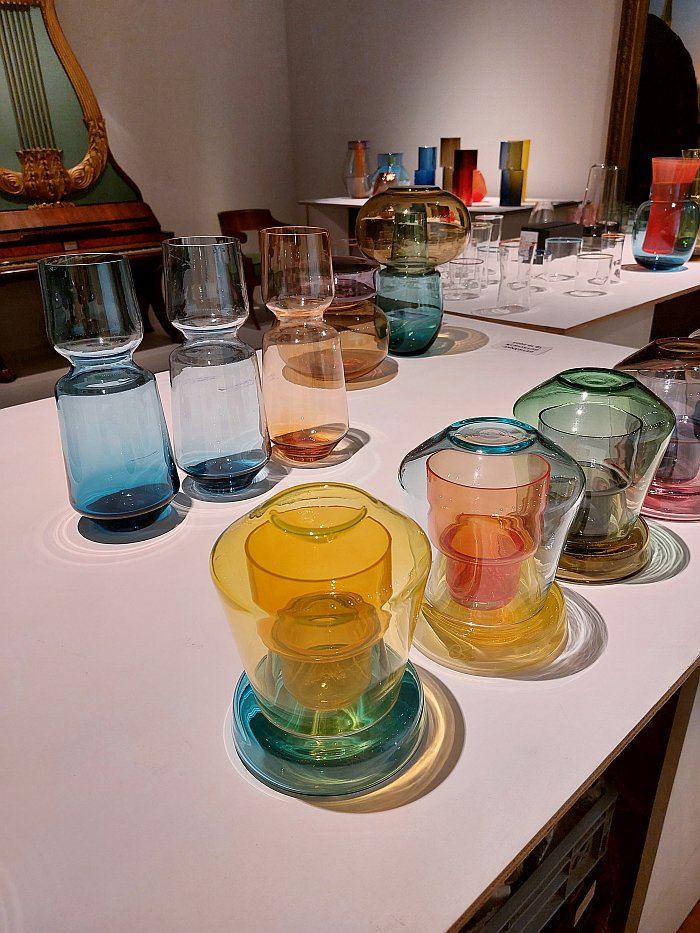Let's be honest, it wouldn't be smow if it followed the rules and did that which you'd expected it to.
Thus it should have come as absolutely no surprise to anyone that the inaugural Grassimesse smow-Designpreis produced not the expected one, but two, joint, co-winners: Budapest based designer Annabella Hevesi and her studio Line and Round I O and Nürnberg based glassmaker Cornelius Réer.......
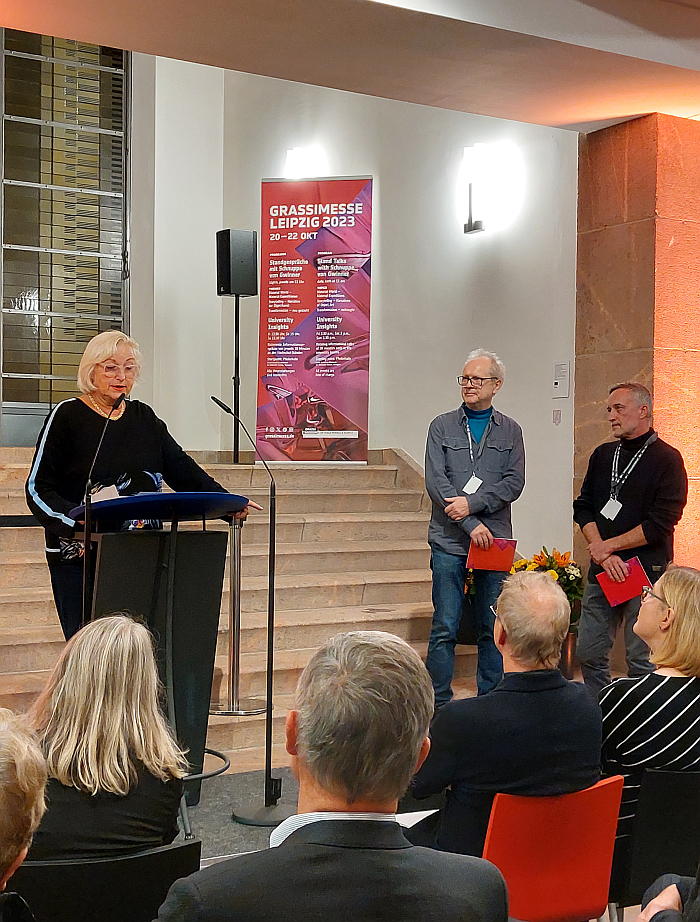
.......whereby on this occasion is was more the spirit of smow that caused the disruption than actual smow: the decision being made alone by the 2023 Grassimesse jury, an independent institution who, if we're correctly informed, which we believe we are, couldn't decide on a single winner... once again smow causing discussions, forcing debates and finally all agreeing that there is no correct answer, rather possibilities.
In the not too distant future we'll let Annabella and Cornelius explain themselves and their work in their own words, but by way of a quick introduction.......
Established in 2017 in Budapest by Moholy-Nagy University of Art and Design graduate Annabella Hevesi and Gabor Bella, an interior designer who, in his own words, trained at the "school of life", IO — 'Line and Round' — have in their first five and bit years completed numerous public, private and commercial interior design projects, exhibited at a wide variety of exhibitions, including in the Greenhouse at Stockholm Furniture Fair 2023, where we very obviously missed them, sorry!!!, and have developed various furniture projects, including a collection for the Hungarian State Opera, Budapest, and the Burnt Geometry and Crosses collections presented at Grassimesse 2023.
The later represented by the chair Peach, an upholstered lounge chair whose central element is the metal struts which aside from providing a decorative moment are also, and much like the decorative moments provided by the anchor plates that once held buildings together, structurally and formally defining: the single piece upholstered unit is employed, essentially, as a flat, unmoulded, piece which is formed into shape through the act of its joining to the base via the metal struts, anchor plates, and subsequently held in that form. Or put another way, the tufting of traditional upholstery becomes the structural basis. And a project that is still in development, but very much assured in its own mind of where its going and the way there.
The former a collection inspired by a 1970s Hungarian enamel art movement we admittedly no very little about, but are keen to learn more, and will do; and which, and we may be wrong here, was not only based around brightly coloured, strongly geometric works but was also a key component of Victor Vasarely's The Colourful City concept, a movement in 1970s/80s Hungary to bring art from the galleries to the streets, and which was one of those fleetingly brief moments at Retrotopia. Design for Socialist Spaces at the Kunstgewerbemuseum, Berlin that was demanding of more attention. And which we now we wish we had given it over the summer. And a Burnt Geometry collection that includes the Vanishing Cabinet, the first of what is intended as a collection of cabinets inspired not only by 1970s Hungarian enamel art, and for all by the works of Ferenc Lantos, but also by Hungarian folklore. And, and as without question the focal highlight of the IO presentation at Grassimesse 2023, the lighting system Roly-Poly, a system developed in cooperation with Budapest based design/engineering agency LumoConcept, and which is available as either a floor version, which rolls (and polls) around the floor or as a hanging version based around repeating units help together by magic. And more than a little technical finesse. And which are available in chains of more or less any length.
And two collections which also admonish, once again, as so often as this year, not least in context of the Design Without Borders showcase at Collegium Hungaricum as presented during Vienna Design Week 2023, and the aforementioned Retrotopia. Design for Socialist Spaces, not only do we really need to get back to Budapest, it's been too long, but that anyone and everyone in Europe who claims to have any sort of interest in and for architecture and design needs to look more seriously and in more detail and more regularly towards the east of our western focussed, fixated, continent.
Full details on Annabella Hevesi / Line and Round IO can be found at https://lineandround.io/ And also watch this space.
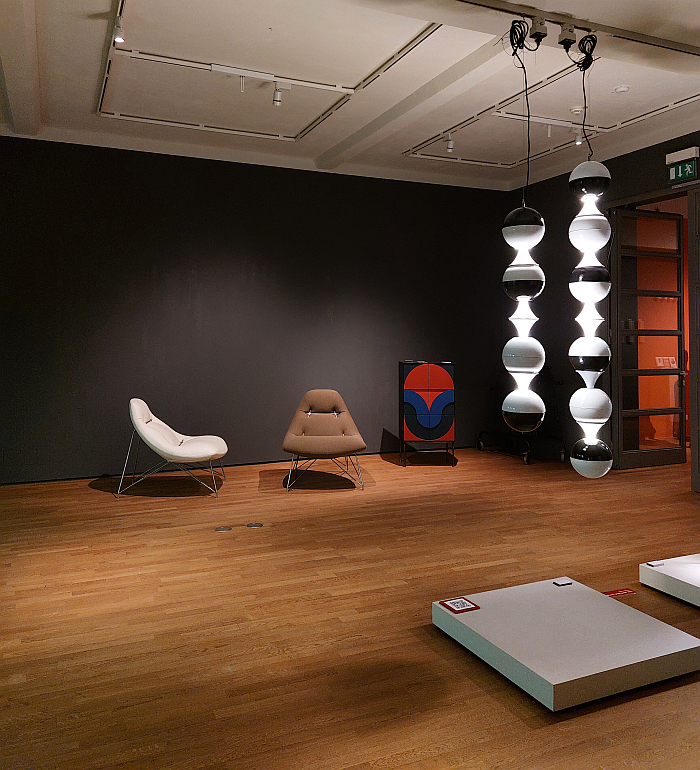
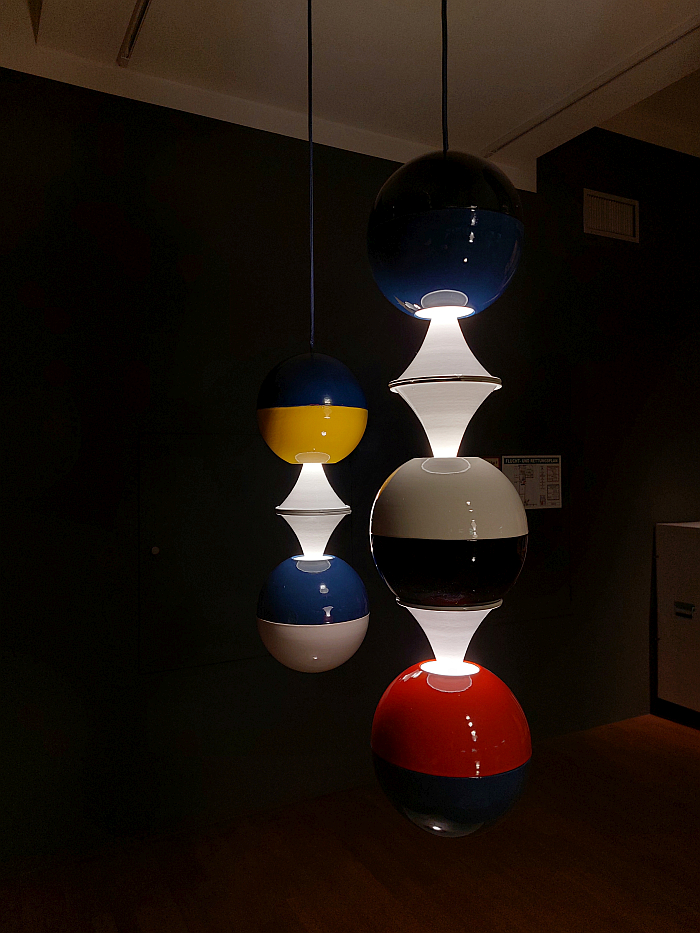
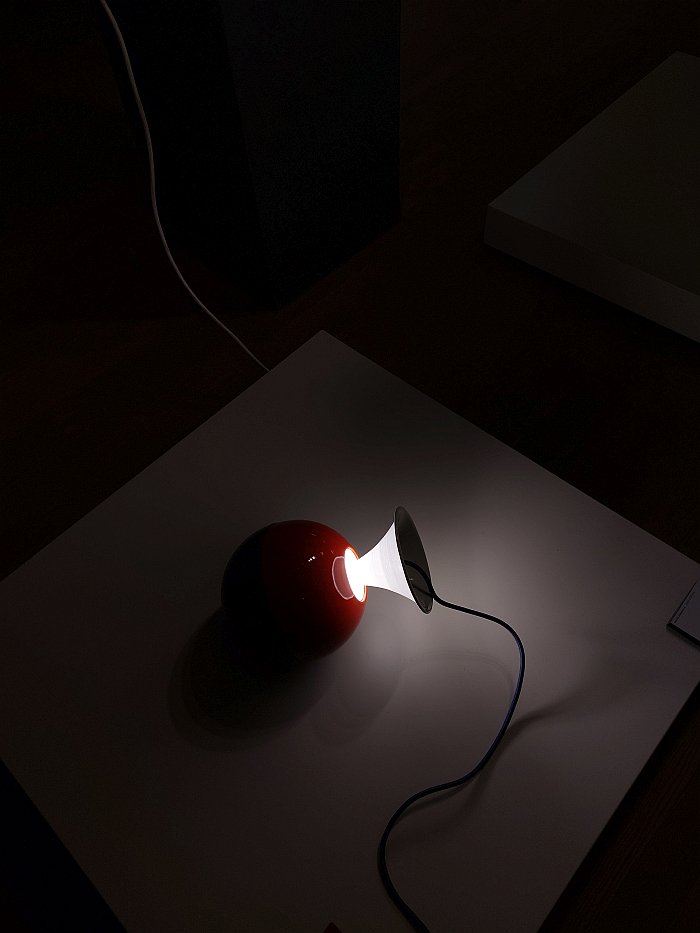
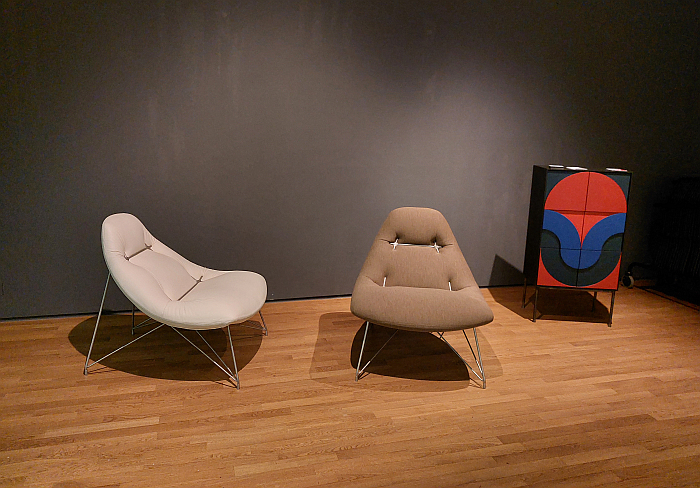
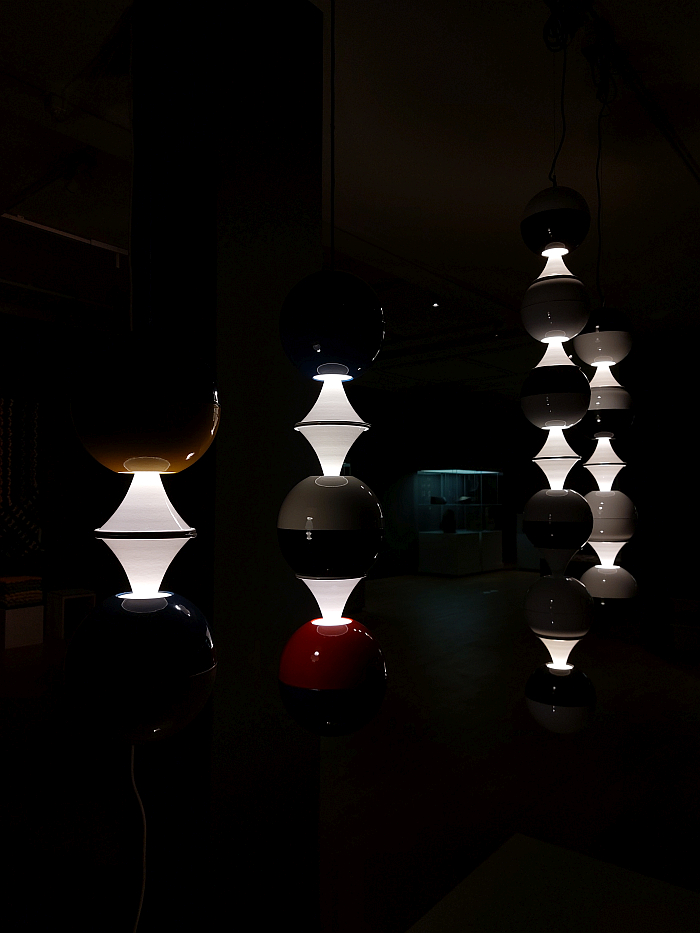
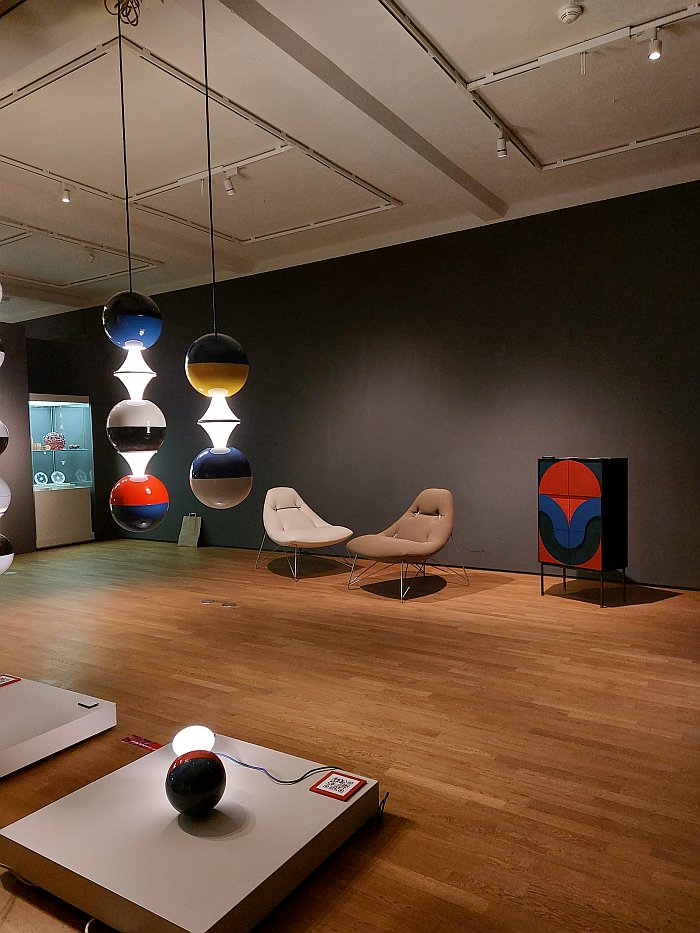
Following his training as a glassmaker at the Glashütte Süßmuth, Immenhausen, near Kassel, Cornelius Réer spent several years gathering experience at numerous European glassworks before establishing his own studio; a studio that, as best we can ascertain was nomadic for many years, but which has been based since 2008 in Nürnberg.
A studio from where Cornelius develops projects both artistic and utilitarian, as one offs and as a small series. But objects that are always functional. Always employ colour as more than tone. Always place a strong focus on the hapticity. And regularly employ that most Modernist of principles standardisation stacking. Both as within and withon.
And a studio which, as with so many of us, faced the challenges in this year past of rising fuel prices, glassmaking being, inarguably, one of the fuel heavier crafts. However clearly a man to see an opportunity in a challenge Cornelius Réer sought to adapt his glass making to the new realities and developed a moulding technique which rather than wooden forms employs steel forms, steel forms which being some 250°C colder than the molten glass cause a more or less instantaneous freezing which results in a waved surface, one presumes because as with an advancing glacier the glass was stopped in its tracks. And a use of steel forms that, according to Cornelius, who we don't doubt, but having no practical glassmaking experience ourselves, can't confirm, means he can (better) separate the production process into a furnace, hot glass, work phase and a subsequent cold glass phase. A separation which isn't quicker but is more energy efficient. Which is very much one of those things design does, responding to prevailing realities and seeking new solutions. Is very much one of those things, as discussed from Glass – Hand Formed Matter at the Bröhan Museum, Berlin that demonstrate how craft, craft approaches and sensibilities, can contribute to developing and advancing our industrial society. Is very much one of those reminders that craft and design need each other. And the sort of thing any responsible individual does to help reduce their footprint. And a thus realised Modul series that aside from co-winning the smow-Designpreis also won the 2023 Bayerischen Staatspreis.
In addition to objects from the Modul collection Cornelius Réer is also presenting in Leipzig works from the, and amongst others, Pool, Kaola, Inside Out and Crunch collections, the latter glassware that has been produced as serial originals for over 20 years.
Full details on Cornelius Réer can be found at https://cornelius-reer.de/ And also watch this space.
For all in or near Leipzig the work of Annabella Hevesi / Line and Round IO and Cornelius Réer, and all 2023 exhibitors and the seven invited design schools, can viewed until Sunday October 22nd at the GRASSI Museum für Angewandte Kunst, Johannisplatz 5-11, 04103 Leipzig.
Full details of the 2023 Grassimesse, including opening hours and ticket prices, can be found at www.grassimesse.de
